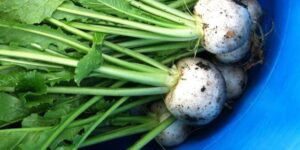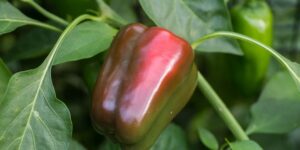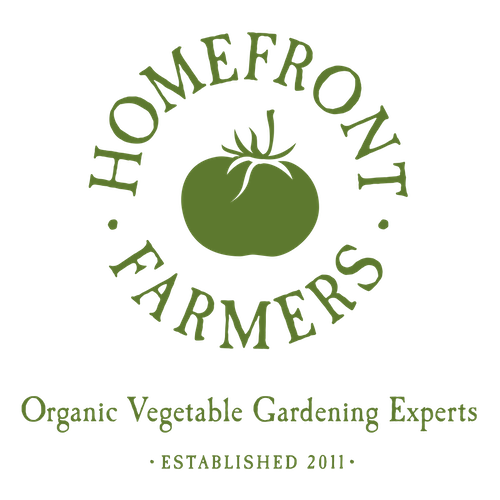One of the biggest benefits of growing your own organic food is that you get to avoid toxic chemicals. Getting started on your first organic garden might come confusing but with just a few useful tricks it can be easier than you think! Here are our top five organic gardening tips for beginners that will get you on your way to a deliciously bountiful harvest:
1. Selecting the Perfect Location
The location of your garden is everything. Before getting started make sure your garden spot is ideal for the plants you wish to grow. The ideal location should receive between six and eight hours of sun each day. Depending on what you decide to grow, your garden might need more or less. Leafy greens love the partial sun, as low as three hours of sun a day. Fruiting plants, however, require significantly more sun. Before making a final decision on location consider if wildlife can easily access your garden, the possibility of chemicals drifting from nearby land plots, and whether the area will have standing water after it rains.
2. Using Excellent Soil
Nutrient-rich soil is key to a successful organic garden. Soil that is both rich and well-draining soil will encourage plants to grow strong root systems. You can transform even hardened poor soil just by adding organic matter. Creating your own compost from mulched leaves and straw allows microorganisms to nurture the soil into a lovely home for your plants. Start with two to six inches of compost and top it off with an inch or two every year for maintenance. If you’d rather purchase soil, make sure to buy only high-quality topsoil, free of toxic chemicals or synthetic fertilizers.
3. Choosing Your Plants
Select plants that are native to your climate for a lower-maintenance organic garden. Consider getting seeding instead of seeds. Some seeds require indoor time. However, seeing can be placed directly into the ground. Certain plants take up more garden space than others so think about how much room you have to plant at your select location. Lastly, don’t forget to also select plants you enjoy eating. After all, eating is the best part!
4. Watch Your Water
Some plants require varying amounts of water. For that reason, it may be a good idea to group plants that need similar amounts of water and sun together. Before watering, check the soil. To properly check if the soil needs water, stick your finger an inch below the surface of the soil. If it feels dry, it’s time to water your plants. Water around the plants’ base so the roots can absorb the moisture. Avoid watering the leaves as it creates the perfect environment for disease. Ensure that the water has been tested for contaminants to ensure chlorine and other chemicals aren’t getting into your garden.
5. Mulch Maintenance
A thick layer of mulch will keep the weeds away and lower the amount you may need to water your garden. Adding in organic kitchen waste will also help boost the nutrients in the soil for a plentiful harvest. Mulching also makes for a tidy, aesthetically pleasing garden. You might also consider using a row cover. This thin fabric allows sun and water through while keeping pests out. It even keeps plants warmer during the early and late parts of the season when frost occurs.
When you encounter a gardening-related struggle, remember that just like any new skill, it takes practice. Don’t give up! Homefront Farmers are your guide to all things related to organic gardening. Have a question? Just ask. We’d love to help!









